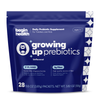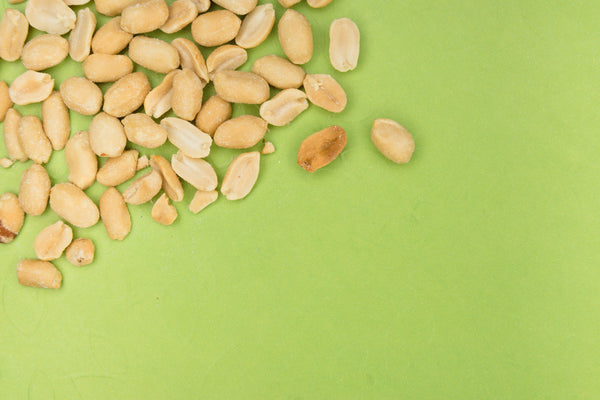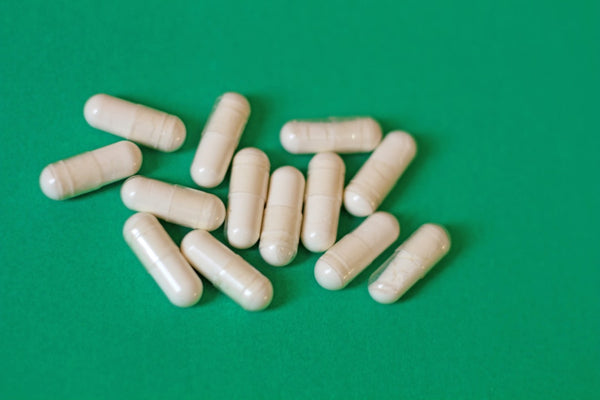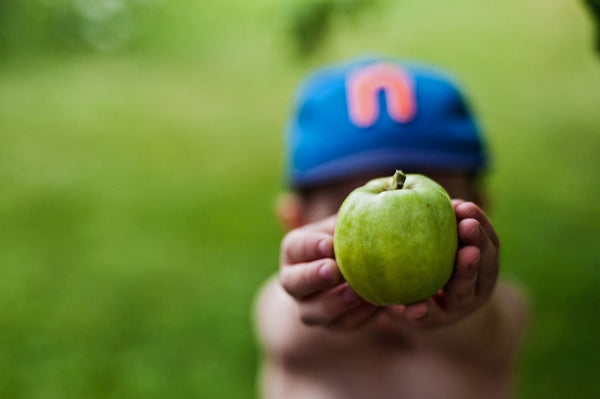How to Teach Your Kids About Gut Health
share this article

Initiating conversations about gut health with our little ones is a vital step in fostering their understanding of how to care for their bodies. However, conveying complex concepts in a simple and engaging manner can be a challenge. Here are some of our best tips and analogies to help parents effectively teach their kiddos about gut health.
The Garden Analogy
Compare the gut to a garden in their belly, where good bacteria are like friendly gardeners, and bad bacteria are like pesky weeds. Explain that feeding their gut garden with nutritious foods helps the friendly gardeners thrive and keeps the weeds at bay.
Daily reads to help your little ones lead happier and healthier lives.
Join the
Happy Gut Club
Fiber: The Gut's Superfood
Introduce fiber as the superhero of gut health, with a mission to keep things moving smoothly. Show kiddos that fiber-rich foods like fruits, vegetables, and whole grains act like brooms, sweeping away waste and keeping their gut garden tidy and healthy.
Sugar: The Sneaky Saboteur
Teach kiddos that too much sugar can be like inviting troublemakers to the gut garden party. Explain that while sugary treats are okay occasionally, having too many can cause chaos in the gut garden, making it harder for the friendly gardeners to do their job.
Fermented Foods: The Gut's Happy Dance
Introduce fermented foods as the gut's dance partners, bringing joy and harmony to the gut garden. Encourage kiddos to enjoy foods like yogurt, kefir, and sauerkraut, which contain probiotics that support the friendly gardeners in keeping the gut garden flourishing.
The Brain-Gut Connection
Highlight the connection between the gut and the brain by comparing them to best friends who always chat with each other. Explain that eating healthy foods makes the gut and brain happy, which in turn helps kiddos feel good, think clearly, and have more energy to play and learn.
Practical Tips for Parents
-
Make learning about gut health a hands-on experience by involving kiddos in meal planning, grocery shopping, and cooking. Let them choose colorful fruits and veggies to add to their meals.
-
Create a "gut garden" chart or poster where kiddos can track their daily intake of fiber-rich foods and fermented treats. Make it a fun game to see who can fill their gut garden with the most nutritious foods.
-
Use storybooks or educational videos about gut health designed for kids to reinforce key concepts in an entertaining way. This can help make learning about gut health more engaging and memorable for kiddos.
The Science Behind Gut Health and Kids' Well-being
-
A study published in Nutrition Reviews found that a diet rich in fiber promotes gut health by increasing the abundance of beneficial gut bacteria and reducing inflammation [1].
-
Research in the Journal of Pediatric Gastroenterology and Nutrition suggests that early exposure to a diverse range of foods, including fermented foods, may positively influence the development of a healthy gut microbiome in children [2].
-
According to the American Academy of Pediatrics (AAP), maintaining a healthy gut microbiome is essential for overall health, including immune function and digestion [3].
Summary
By using practical tips and relatable analogies, parents can effectively teach their kiddos about gut health in a fun and engaging way. Empowering little ones with knowledge about the importance of fiber, fermented foods, and the brain-gut connection sets them on a path towards lifelong wellness. Encouraging healthy eating habits early on fosters a positive relationship with food and nurtures a healthy gut garden for years to come.

















